Alternariosis can occur immediately after planting tomato seedlings in a permanent place, the fungus is dangerous both in open beds and in closed ones. The disease is rapidly developing and spreading, so you need to fight it with the appearance of the first signs. The best protection would be prevention, which consists of several standard measures.
Content
How macrosporiosis manifests itself on tomatoes and how it is dangerous
The causative agent is the mold, spore-bearing fungus Alternaria solani. The disease is called differently: macrosporiosis, alternariosis, dry, zonal or brown spotting. The first symptoms can be seen on tomatoes that are still not strong after planting; in some cases, the disease manifests itself later when the plant already has fruits. If treatment is not started in a timely manner, the fungus will gradually destroy the entire bush. Macrosporosis results in a loss of 60% of the crop.
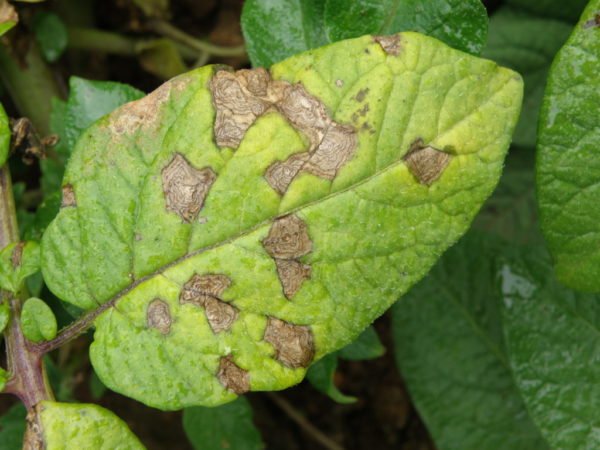 The fungus actively multiplies and grows in a humid environment at an air temperature of 25–27 ° С. The lower leaves are the first to be affected, round, white spots (ranging in size from 6 mm to 2 cm) with clear outlines appear on them. After 3 days, the fungus begins to grow actively, it gradually moves to the top, covers the stems, leaves, brushes and fruits. The spots merge, cover most of the plate, dry out, become gray-brown, the affected leaves fall off.
The fungus actively multiplies and grows in a humid environment at an air temperature of 25–27 ° С. The lower leaves are the first to be affected, round, white spots (ranging in size from 6 mm to 2 cm) with clear outlines appear on them. After 3 days, the fungus begins to grow actively, it gradually moves to the top, covers the stems, leaves, brushes and fruits. The spots merge, cover most of the plate, dry out, become gray-brown, the affected leaves fall off.
On petioles and stems, spots are ringing, with a clear contour, covered with a velvety, gray coating, they grow very quickly and become deep. The metabolism of the plant is disturbed, the bushes do not develop, tomatoes are deformedthey taste bad. The lesions on the fruits are concentrated at the stalk, they are depressed, watery, the skin at the site of the lesion is pale. Gradually, the stain becomes larger, acquires a brown-black color, sometimes a slight gray coating appears. Tomatoes fall, not having time to ripen or vice versa, they spit ahead of time.
Causes of the disease:
- frequent rainfall;
- significant temperature changes (day and night);
- mechanical damage to plants;
- contaminated soil;
- high humidity (night dew, excessive watering, light rain) in heat and drought;
- an epidemic or infection in neighboring areas.
 You may be interested in:
You may be interested in:Symptoms of alternariosis on the fruits of tomatoes are similar to the signs of the bronzial virus (in the final stage), but there is a slight external difference. In macrosporiosis, spots may not be yellow. During storage of the harvested crop, another type of pathogen may develop - Alternaria alternata. The fungus is found only on mature fruits with any technical damage. Another form of macrosporiosis is known as A. alternata f. Lycopersici, affects green tomatoes, is more common on bushes susceptible to disease varieties.
Any type of fungus can be stored on the walls of the greenhouse and on garden tools. Seeds from tomatoes infected with alternariosis cannot be collected, even if the bushes were cured at the beginning of the development of the disease.According to reviews of most summer residents, the most common source of infection is seed and planting material. Unfortunately, on seedlings, lesions are most often not visible.
Alternaria Prevention
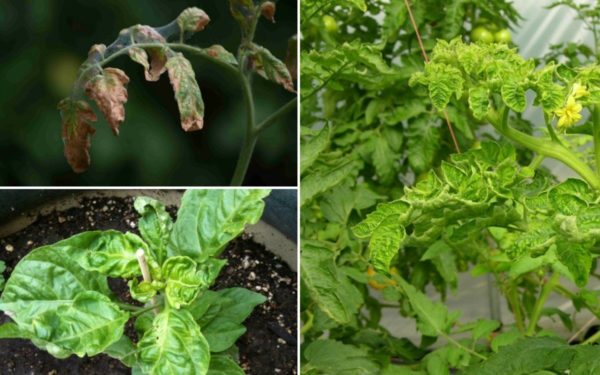 The fungus is activated in a certain microclimate, for development it needs moisture. When planting tomato seedlings, you must follow the recommended scheme, not to allow thickening. Each bush at all stages of growth should be aired and receive a sufficient amount of sunlight. Purchased grains from an unknown manufacturer and especially weighted ones before sowing must be disinfected in a potassium permanganate solution. Potassium permanganate is rarely found on sale now, other means can be used for seed dressing:
The fungus is activated in a certain microclimate, for development it needs moisture. When planting tomato seedlings, you must follow the recommended scheme, not to allow thickening. Each bush at all stages of growth should be aired and receive a sufficient amount of sunlight. Purchased grains from an unknown manufacturer and especially weighted ones before sowing must be disinfected in a potassium permanganate solution. Potassium permanganate is rarely found on sale now, other means can be used for seed dressing:
- 2-3% solution of pharmacy peroxide, heated to 40 ° C (soak for 10 minutes);
- biological products Trichodermin, Rizoplan, Fitosporin-M, Immunocytophyte (use according to the instructions);
- 0.1 g of boric acid or 0.05 g of copper sulfate per 500 ml of water (keep the grains in the mixture for about 8 minutes);
- 1% acetic acid solution (soak the seeds for 120 minutes, rinse thoroughly with water).
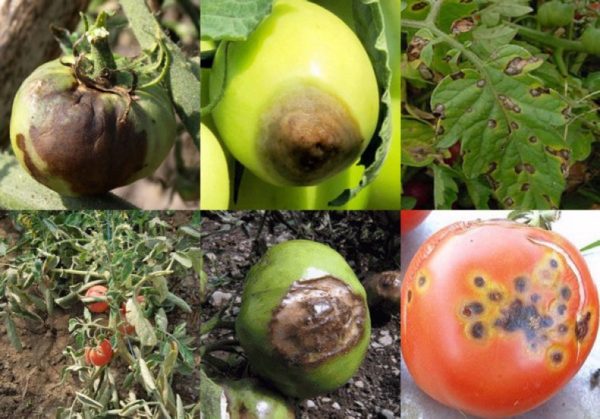 There are no varieties of tomatoes that show absolute resistance to alternariosis. Some are less affected: Firebird, Aurora, Ray, SankaHope Liana, Golden Bullet, Alex. To strengthen and increase immunity in tomatoes, it is advisable to treat the bushes for the entire growing season 3-4 times with an Immunocyte (half a tablet per liter of water). Before flowering, it is advisable to spray the bushes with Trichodermin or Fitosporin. Other preventative measures:
There are no varieties of tomatoes that show absolute resistance to alternariosis. Some are less affected: Firebird, Aurora, Ray, SankaHope Liana, Golden Bullet, Alex. To strengthen and increase immunity in tomatoes, it is advisable to treat the bushes for the entire growing season 3-4 times with an Immunocyte (half a tablet per liter of water). Before flowering, it is advisable to spray the bushes with Trichodermin or Fitosporin. Other preventative measures:
- avoiding problems helps pinching and cutting bushes (trimming the bottom and thickening the crown of leaves);
- weeds can be a source of infection, timely weeding will help to avoid damage to tomatoes with brown spotting;
- after each watering or rain, the soil around the bushes needs to be loosened, excess moisture will quickly evaporate from the upper layers of the soil. In rainy periods it is better to remove the mulch from the beds;
- To protect tomatoes from fungi, you need to keep the garden area clean, remove garbage and all plant debris. Affected parts of the bush should be removed and burned immediately;
- when growing tomatoes, you need to be more careful with nitrogen-containing fertilizers, an excess of the element often leads to the development of the disease. In the fight against alternariosis, potassium-based nutrient mixtures give a positive effect;
- in the fall, after harvesting the entire tops, digging should be carried out on the bayonet of a shovel;
- spraying from pests is mandatory, as they tolerate pathogenic spores. You can scare away insects by planting spacers, marigolds or calendula in the aisles;
- water the tomatoes only at the root;
- tall bushes should be tied up.
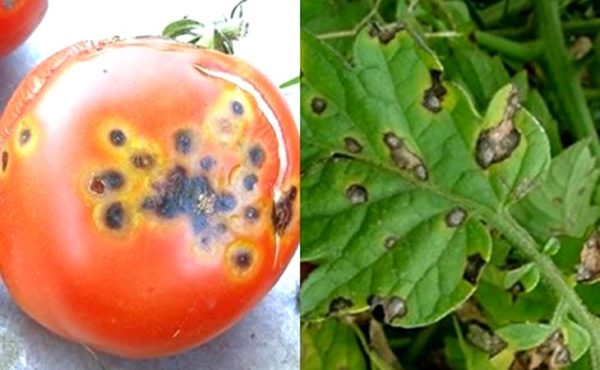
In the case when the tomatoes are already infected with alternariosis, even after treatment of the bushes, the soil remains infected. In a greenhouse, it is easier to disinfect the ground, in the open ground it will not be possible to completely get rid of the infection, however, the number of spores will still be reduced. In the fall (a month before the first frost) and in the spring after the snow melts, the solutions of Baikal EM-5, Fitosporin, Bactofit, Planzir or Alirin should be added to the infected soil.
Biological products most often give a weak effect, in critical cases it is better to replace them with chemistry. In autumn, the soil should be treated with a 3% solution of Bordeaux fluid, in early spring in dry weather, add (to a depth of 12 cm) a 4% mixture of Copper Chloroxide or 2% Oxychoma. You can add a little Quadrice, Homa or Bravo to the planting holes. It is worth remembering that these drugs can destroy the beneficial microflora of the soil.To disinfect the walls of greenhouses, it is recommended to use sulfur blocks or formalin.
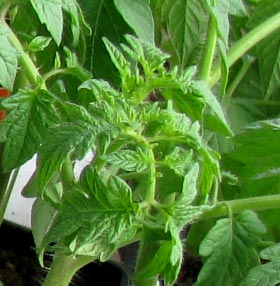 You may be interested in:
You may be interested in:The soil can be cured without the use of any industrial preparations, but in this case, the planting of tomatoes in the same place will have to be postponed for a couple of years. In areas where summer residents observe crop rotation rules, fungal diseases are rare. Tomatoes are best planted after onions, garlic and legumes, before and after planting all nightshade crops you need to sow siderata - white mustard, vetch, fatseliya, alfalfa and lupine.
How to cure tomatoes from brown spotting
You can use biological products, but they are more suitable for prevention. Reliable, eradicating effect often give chemical fungicides. A solution of Copper sulfate shows excellent results: 20 g of the product in a bucket of water, so that the mixture sticks better to the leaves, you need to add about 200 g of grated laundry soap. Other effective fungicides:
- Abiga Peak;
- Ridomil Gold MC;
- Acrobat MI;
- Polyram;
- The order;
- Infinity
- Flint;
- Cuproxate.
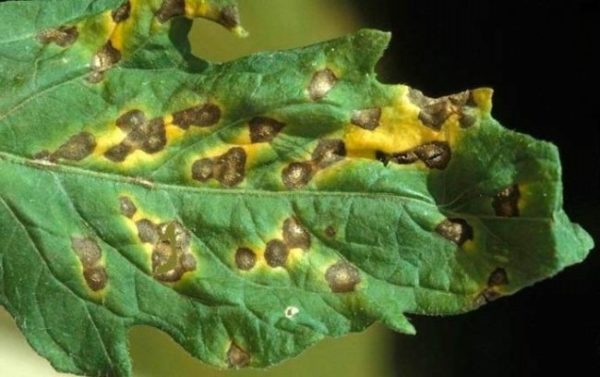 Treatment is allowed to be carried out with an interval of 10-15 days (until the disappearance of signs of macrosporiosis). For the entire growing season, tomatoes are recommended to be sprayed with fungicides no more than 4 times. Most summer residents, when treating tomatoes for brown spotting, prefer the Bordeaux mixture, since the remedy, unlike other drugs, is not so dangerous for the human body and the environment.
Treatment is allowed to be carried out with an interval of 10-15 days (until the disappearance of signs of macrosporiosis). For the entire growing season, tomatoes are recommended to be sprayed with fungicides no more than 4 times. Most summer residents, when treating tomatoes for brown spotting, prefer the Bordeaux mixture, since the remedy, unlike other drugs, is not so dangerous for the human body and the environment.
There are no effective folk remedies against alternariosis on tomatoes, the test of various decoctions or infusions will only take time and put the planting at serious risk. The basis of the fight against any infection is compliance with the basic rules of tomato farming. Alternate planting of different crops, timely preventive spraying (including from pests), monitor the cleanliness in the garden, then no diseases will threaten the tomatoes.

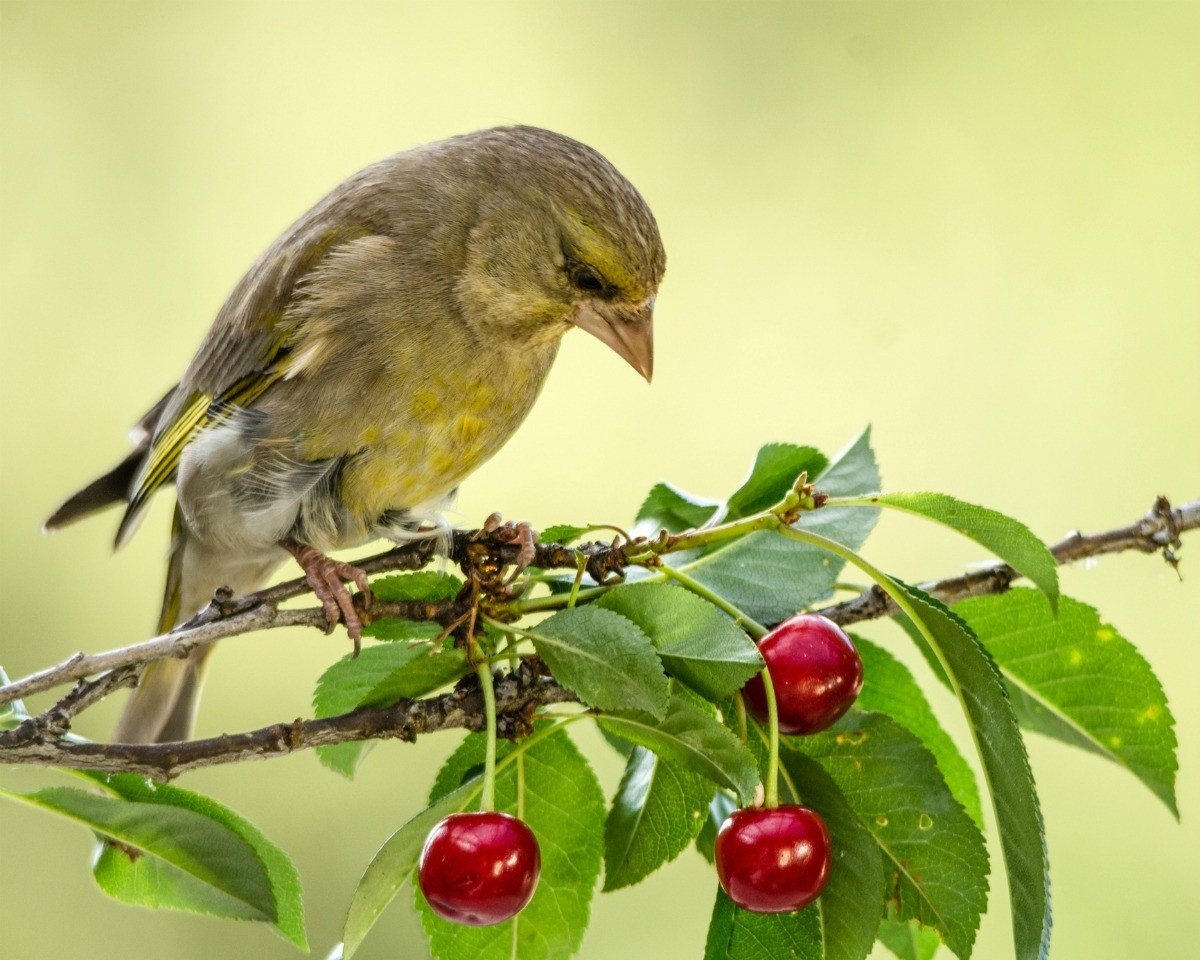
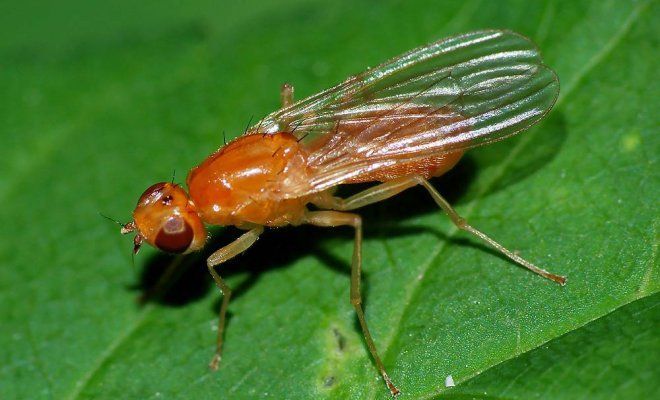
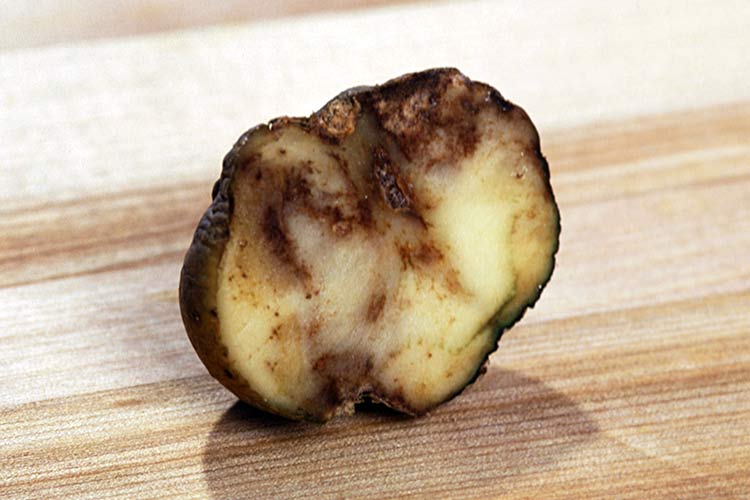
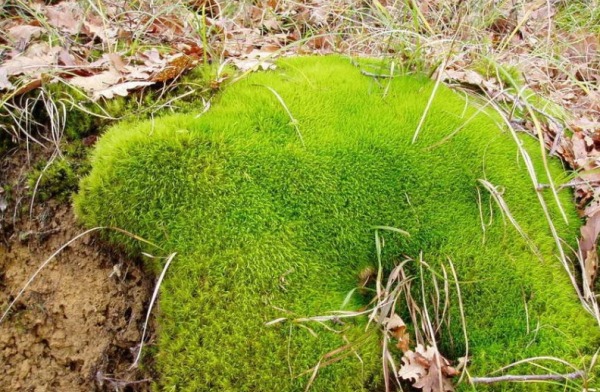 Where does moss come from in the garden and is it necessary to get rid of it?
Where does moss come from in the garden and is it necessary to get rid of it?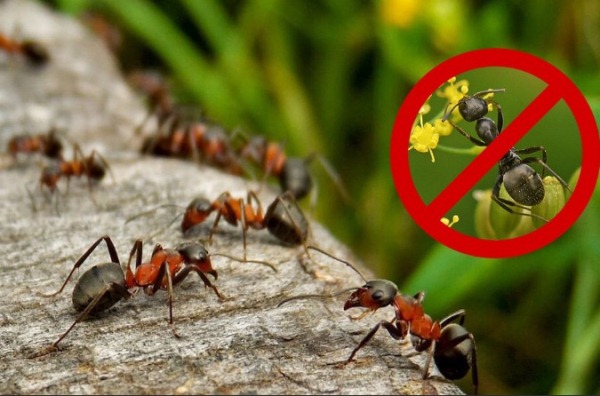 The most effective ways to deal with ants in the area
The most effective ways to deal with ants in the area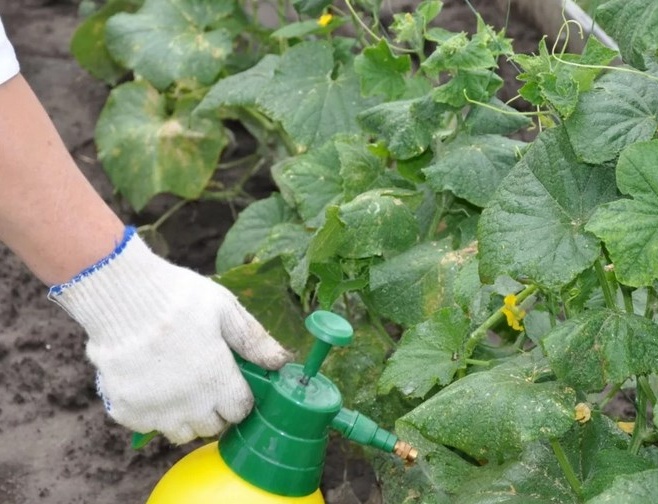 Cockchafer and Bear: An Easy Way to Save Plant Roots
Cockchafer and Bear: An Easy Way to Save Plant Roots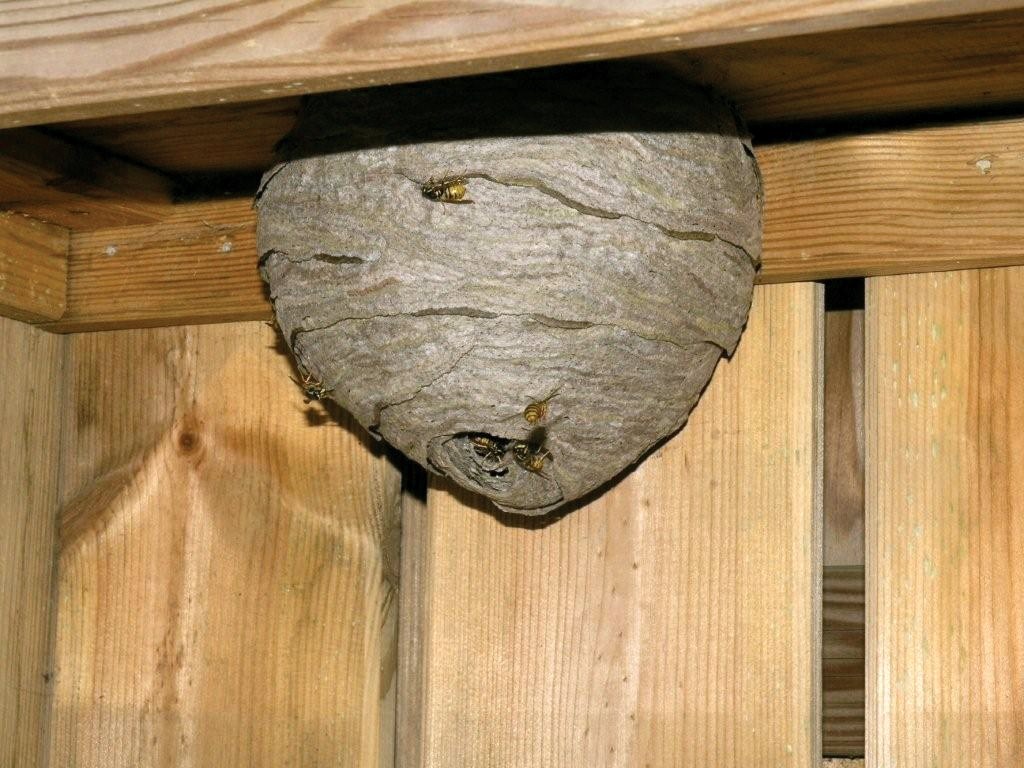 Get rid of the aspen nest quickly and safely.
Get rid of the aspen nest quickly and safely.